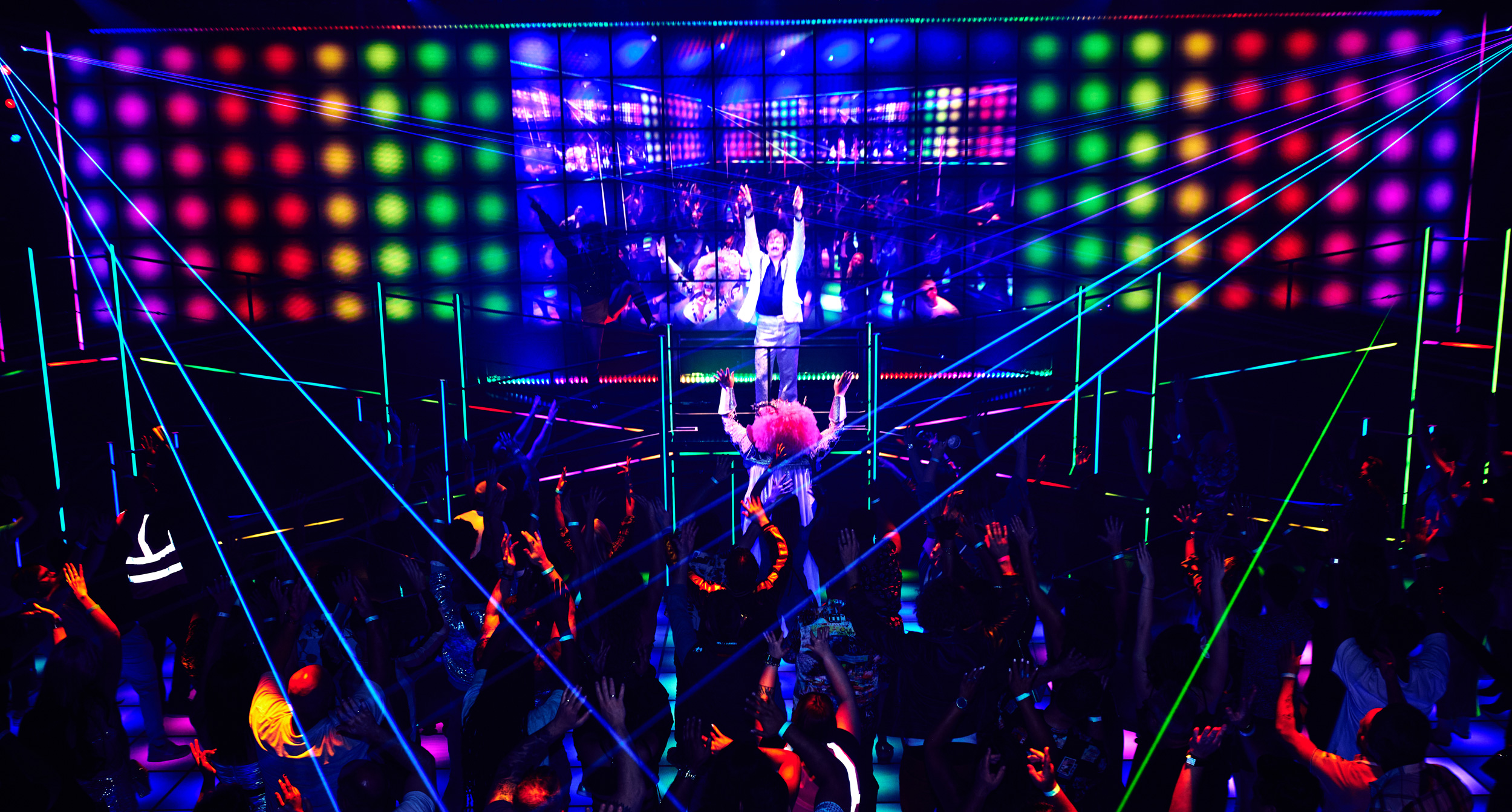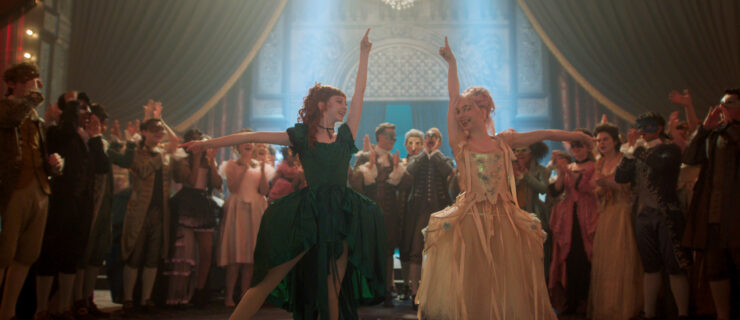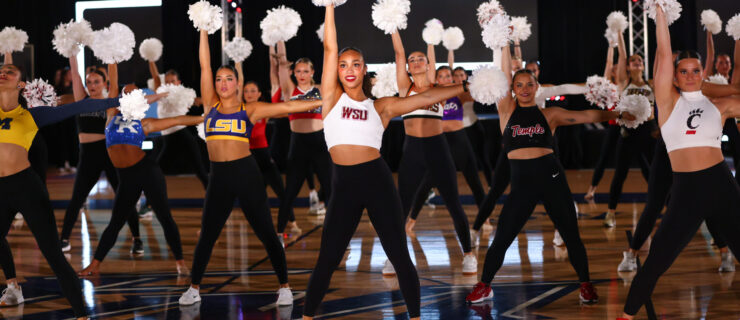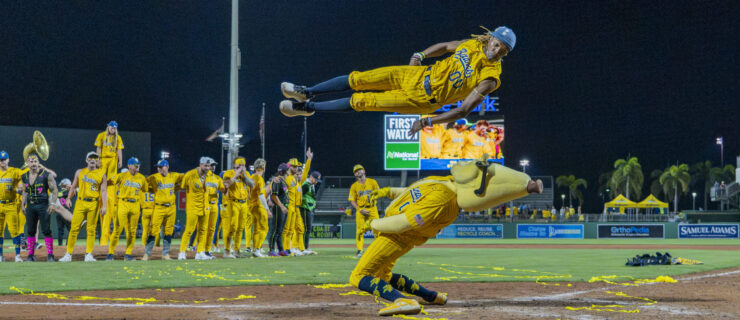How “Discoshow” Gets Las Vegas Audiences Dancing
Las Vegas’ latest attraction has audiences on their feet—to bust a move. The immersive Discoshow, directed by Steven Hoggett and with choreography by Yasmine Lee, celebrates disco’s revolutionary beginnings in 1970s New York City nightlife. The 70-minute Spiegelworld production on the Las Vegas Strip, in collaboration with Caesars Entertainment, features a time-specific soundtrack and an ever-evolving dance that expands across the multilevel space, with audience members both watching and grooving alongside performers.
Lee took a moment to discuss how she used movement to help tell the Discoshow’s story of artistic expression.
What research did you do for this production?
The show is set in the early days of disco, when it was still an underground movement. We are tapping into disco pre-commercialization, pre-Studio 54, when the founders were developing the style. It was brown people, Latinx, Black people, New York City gay folks, and single women. I think what’s really delicious about disco is that it’s truly self-expression. What ends up in the performance space is 100 percent crafted from the humans we made this with.
How did the energy shift from rehearsals to performances, when everyone got to engage with the audience?
Before our opening in Vegas, we did a workshop version of this in New York, so we were able to test some ideas and see the way an audience behaves and responds or does not. I felt a New York audience was a little bit different than a Las Vegas audience. There was still quite a bit to be learned.
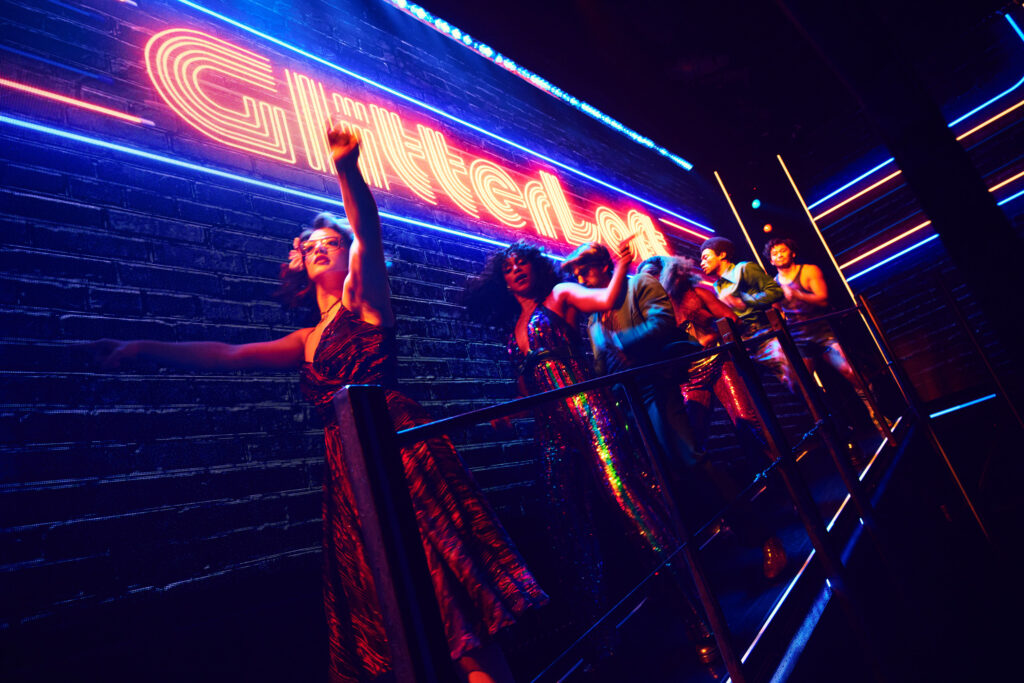
How has the show evolved with different audiences in the room?
When you put yourself on a dance floor—when those beats, lyrics, and melodies hit your body and your soul—there’s an invitation to be yourself. Even back at auditions, I felt the sheer joy of people being in their bodies together in a room on a dance floor. So in that sense, little to nothing has shifted, because that innate delight in uplifting each other on a dance floor is something that was present in all of those performers from the beginning.
What’s your biggest takeaway from the process?
We need each other and people want to be together. To be in the center of this show and watch people leave the room changed from when they had entered has been amazing.
